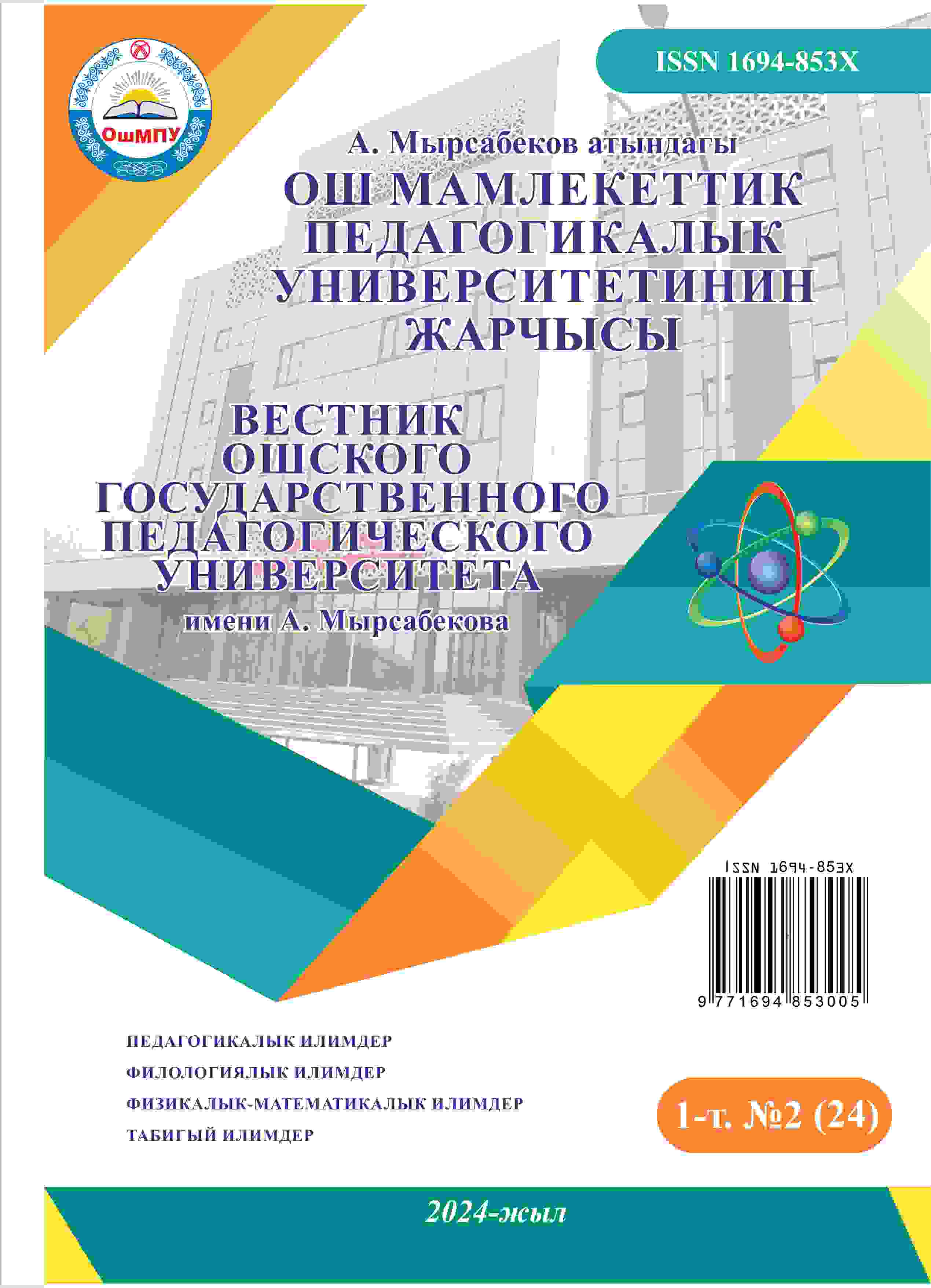Isakova Formation of students' functional literacy in mathematics lessons through word problems
DOI:
https://doi.org/10.56122/..v1i2.188Keywords:
mathematical literacy, word problems, formation, creativity, PISA research, methods.Abstract
The article describes the place of textual issues in the formation of mathematical literacy, which has a great influence in the educational process, requiring the acquisition of a wealth of experience in civilizational development. This method, in turn, is an effective tool for use in solving other problems. It is noted that this method of mathematical creativity and analytical thinking can find wide application in everyday life, scientific research and business. Mathematical problems are the main tool for developing students' mathematical literacy. Problems help to consolidate knowledge by applying new mathematical concepts and methods. This, in turn, is used to solve other problems. This type of mathematical creativity and analytical thinking can be widely used in everyday life, scientific research, and business.
References
Е . М. Ганичева, Формирование математической обучающихся, Вологда, 2021.
Ермоленко, В.А. Развитие функциональной грамотности обучающегося: теоретический аспект, 2015.
Конасова, Н.Ю. Ситуационные задачи по оценке функциональ ной грамотности
учащихся: методическое пособие / Н.Ю. Конасова. – СПб., 2012.
Рослова, Л. О. Концептуальные основы формирования и оценки математической грамотности. 2019.
Теоретические основы обучения математике в средней школе: учебное пособие /
Т.А. Иванова и др.: НГПУ, 2003.
Сборник тестов по математической грамотности для учащихся 5-11
классов https://multiurok.ru/files/sbornik-tiestov-po-matiematichieskoi-ghramotnosti.html
Published
How to Cite
Issue
Section
License
Copyright (c) 2024 Bulletin of the Osh State Pedagogical University named after A. Myrsabekova

This work is licensed under a Creative Commons Attribution 4.0 International License.
This work is licensed under the Creative Commons Attribution 4.0 International License. To view a copy of this license, visit http://creativecommons.org/licenses/by/4.0/ or send a letter to Creative Commons, PO Box 1866, Mountain View, CA 94042, USA.











